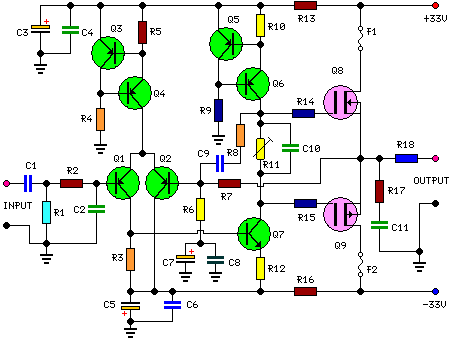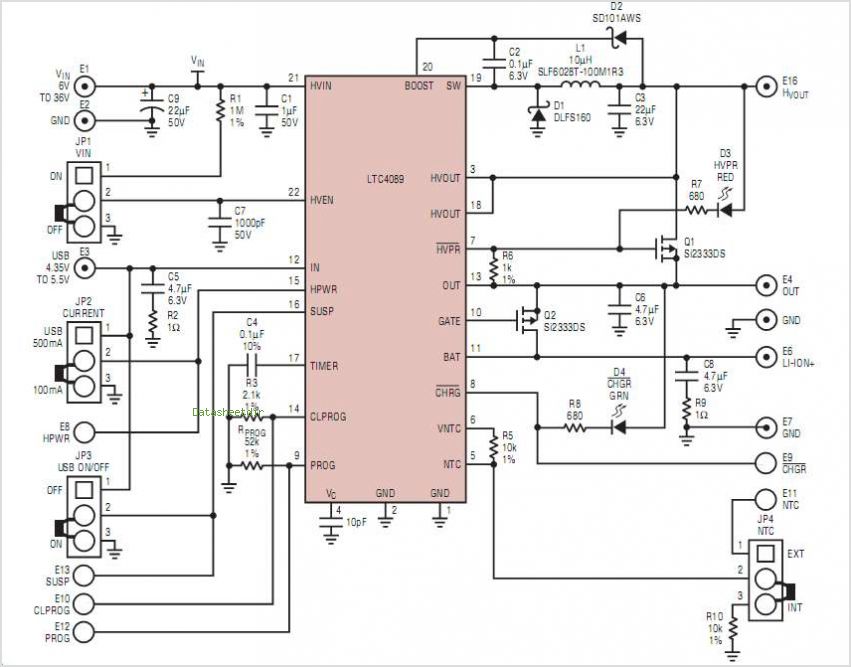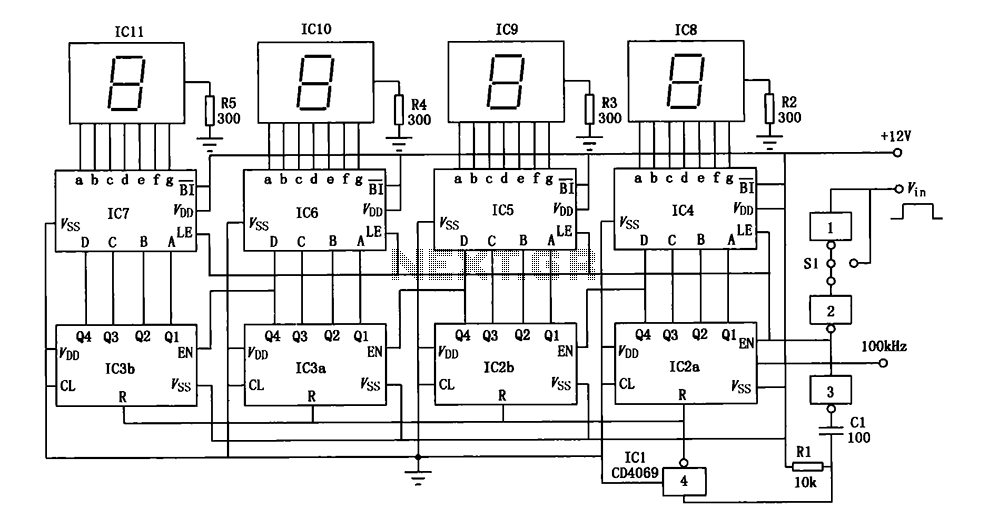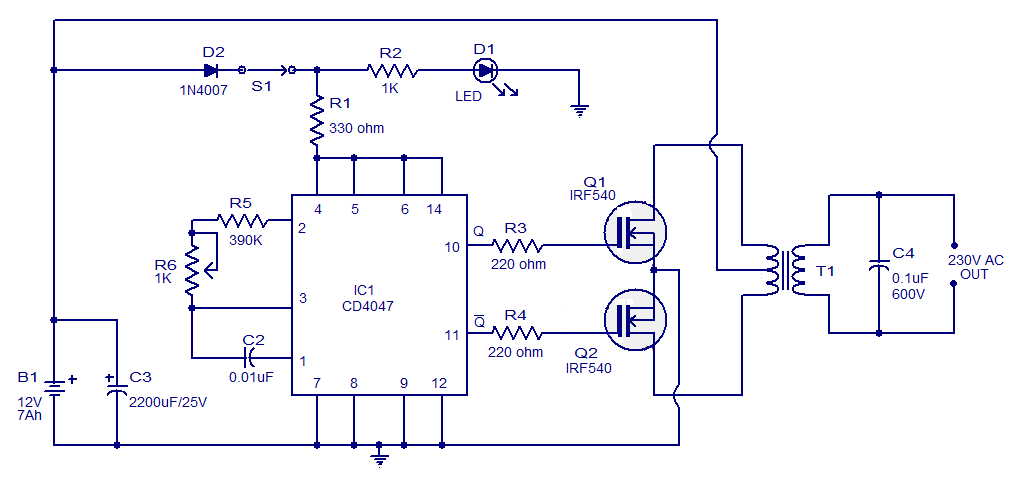
Lie detector circuit

This is a false capture circuit or lie detector circuit. The basic principle is based on the resistance of human skin. While dry skin has a resistance of about 1 Megaohm.
The lie detector circuit utilizes the principle of galvanic skin response (GSR), which measures the electrical resistance of the skin to determine psychological states. The circuit typically consists of a power supply, resistors, an operational amplifier, and a microcontroller or analog output to interpret the resistance values.
The resistance of human skin varies significantly based on moisture levels, emotional states, and other physiological factors. In a standard setup, electrodes are placed on the skin surface, usually on the fingers or palm. When a person is calm, the skin resistance is high, approximately 1 Megaohm for dry skin. However, during moments of stress or deception, the skin tends to become more conductive due to sweat gland activation, resulting in lower resistance readings.
The circuit is designed to convert the varying resistance into a measurable voltage signal. This is often achieved by using a voltage divider configuration where the skin resistance is one of the resistors in the divider. The output voltage, which correlates with the skin resistance, is then fed into an operational amplifier for amplification and further processing.
The microcontroller can be programmed to analyze the output signal and determine thresholds that indicate significant changes in skin resistance. These thresholds can be calibrated based on test subjects to enhance accuracy. The final output can be displayed on an LED indicator or sent to a computer for more detailed analysis.
In summary, the lie detector circuit is a practical application of electronic components to measure physiological responses, providing insight into human emotional states based on skin resistance variations.This is a false capture circuit or Lie detector circuit. The basic principle of the resistance of human skin. While dry skin is a resistance of about 1 Mega ohm.. 🔗 External reference
The lie detector circuit utilizes the principle of galvanic skin response (GSR), which measures the electrical resistance of the skin to determine psychological states. The circuit typically consists of a power supply, resistors, an operational amplifier, and a microcontroller or analog output to interpret the resistance values.
The resistance of human skin varies significantly based on moisture levels, emotional states, and other physiological factors. In a standard setup, electrodes are placed on the skin surface, usually on the fingers or palm. When a person is calm, the skin resistance is high, approximately 1 Megaohm for dry skin. However, during moments of stress or deception, the skin tends to become more conductive due to sweat gland activation, resulting in lower resistance readings.
The circuit is designed to convert the varying resistance into a measurable voltage signal. This is often achieved by using a voltage divider configuration where the skin resistance is one of the resistors in the divider. The output voltage, which correlates with the skin resistance, is then fed into an operational amplifier for amplification and further processing.
The microcontroller can be programmed to analyze the output signal and determine thresholds that indicate significant changes in skin resistance. These thresholds can be calibrated based on test subjects to enhance accuracy. The final output can be displayed on an LED indicator or sent to a computer for more detailed analysis.
In summary, the lie detector circuit is a practical application of electronic components to measure physiological responses, providing insight into human emotional states based on skin resistance variations.This is a false capture circuit or Lie detector circuit. The basic principle of the resistance of human skin. While dry skin is a resistance of about 1 Mega ohm.. 🔗 External reference





